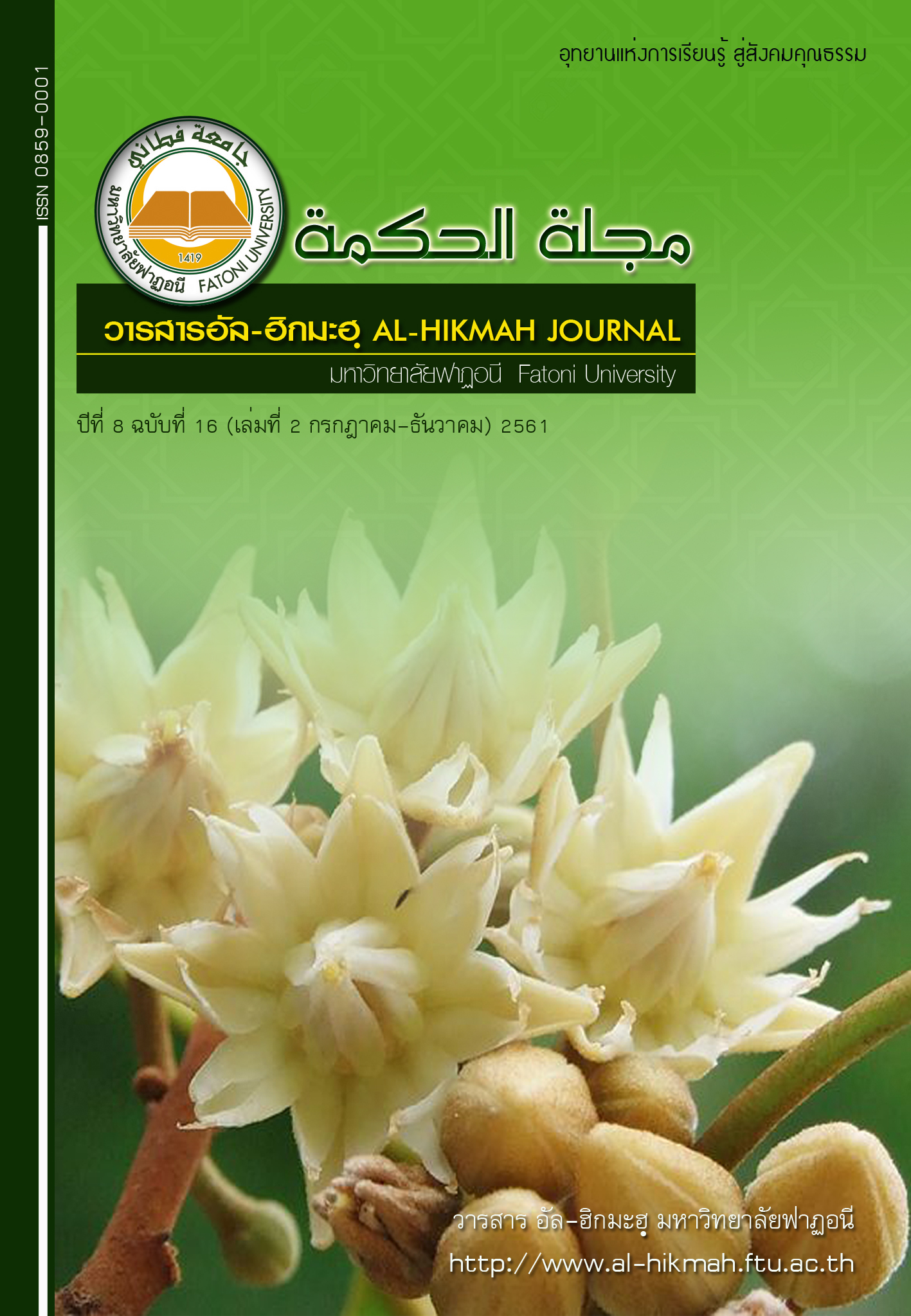A Comparative Review of Higher Secondary Level Curriculum of Madrasahs in Pakistan
Keywords:
Madrasah, Curriculum, Higher Secondary, Integrated Curriculum and PakistanAbstract
This documentary study aims to review, address and comparatively study the current Higher Secondary curricula of Madrasahs in Pakistan which are implemented by five wafaqs (federations) of Madrasahs in Pakistan. The scope of the study is to explore and analyze the contents of Higher Secondary curricula of all wafaqs. The findings of the study of all wafaqs’ curricula reveal that Higher Secondary curricula of wafaqs have some strengths and weaknesses. Their strengths are curriculum contents are valid, learnable and balanced that can provide vide range of objectives. On the other hand, their weakness are educational philosophy is not employed, aims, goals and objectives are not formulated, curriculum contents are consistent with students’ needs and ineffective teaching methodology. In addition to the above findings suggestions and steps to improve the curriculum are proposed.
References
Bhutto, Hameedullah & Narongraksakhet, Ibrahem (2016) “An Analysis of Secondary Level Curriculum of Madrasah in Pakistan” in Proceeding of International Conference on Islamic Jurisprudence (ICIJ) 2016. Nik Abdul Rahim Nik Abdul Ghani, Mohammad Zaini Yahaya and Anwar Fakhri Omar (eds.) Department of Shariah, Faculty of Islamic Studies, The National University of Malaysia.
Bhutto, Hameedullah & Narongraksakhet, Ibrahem (2017) “A Critical Analysis of Sanaviyah Amah Curriculum of Madrasah in Pakistan” in The Scholar, January-June 2017 Volume 3, Issue 1, Dars, Bashir Ahmed (ed.) Research Gateway Society, Hyderabad, Pakistan.
Buzdar Abdul Qadir, Rana Akram & Saeed-ul-Rehman (2012) Dini Madaris maen murawwajah nisab, Asri Masail aur Taqazey. Pakistan Journal of Islamic Research Volume 9, 2012. Pakistan.
Haqqani H (2002, December 2). ‘Islam's Medieval Outposts’, Foreign Affairs Policy, Carnegie.
Khalid Rahman, (2009). “Madrasahs in Pakistan: Role and Emerging Trends” in Islam and Politics. Amit Pamdya and Ellen Laipson (eds.) The Henry L. Stimson Centre, Washington, DC.
Malik J (2008). Madrasah in South Asia: teaching terror? Abingdon, United Kingdom: Routledge, Taylor and Francis Group.
Rabitat-ul-Madaris-Al-Islamiah, Pakistan, (2010). Dastur aur Nisab Talim. Lahore, Pakistan.
Shirazi, Syed Ma’aroof Shah, (2015). Yaksan Nizam Ta’alim, Nursery ta Dars Nizami University. Zilal Al-Qur’an Foundation, Islamabad, Pakistan.
Sowel, Evelyn J. (1996) Curriculum: An Integrative Introduction. Prentice-Hall,Inc. Englewood Cliffs, New Jersey.
Taba, H (1962). Curriculum development theory and practice.USA.: Harcourt Brace Jovanovich Inc..
Tanzim-ul-Madaris Ahl Sunnat, Pakistan, (2013). Nisab Talim (for boys). Retrieved July 16, 2016 from http://tanzeemulmadaris.com/Syllabus.aspx?Path_Id=5
Tyler, R.W (2013). Basic principles of curriculum and instruction. The University of Chicago Press. Chicago.
Usmani, Muhammad Rafi, (2000). Musalmanun KI Ta’alimi Policy Tarikh Kay A’inay Maen. Bait Al-Uloom, Lahore, Pakistan.
Wafaq-ul-Madaris Al- Shiah, (n.d). Tadrisi Nisab. Retrieved August 21, 2016 from http://jamiatulmuntazar.com/#
Wafaq-ul-Madaris Al-Salafia, (2011). Nisab Talim aur Nizam Imtihanat. Faisalabad, Pakistan.
Wafaq-ul-Madaris-Al-Arabiah Pakistan, (2015). Nisab Talim. Multan, Pakistan.



